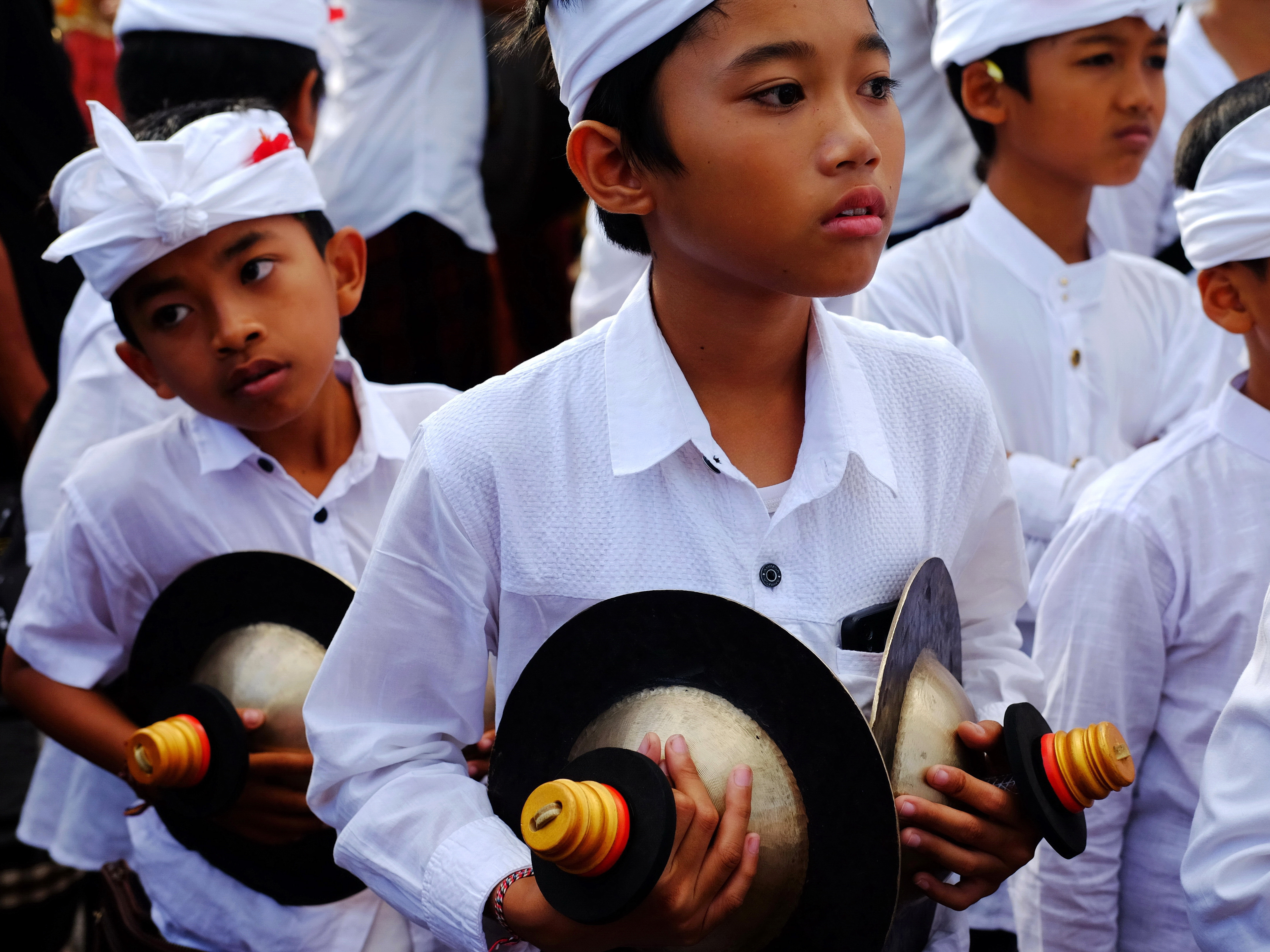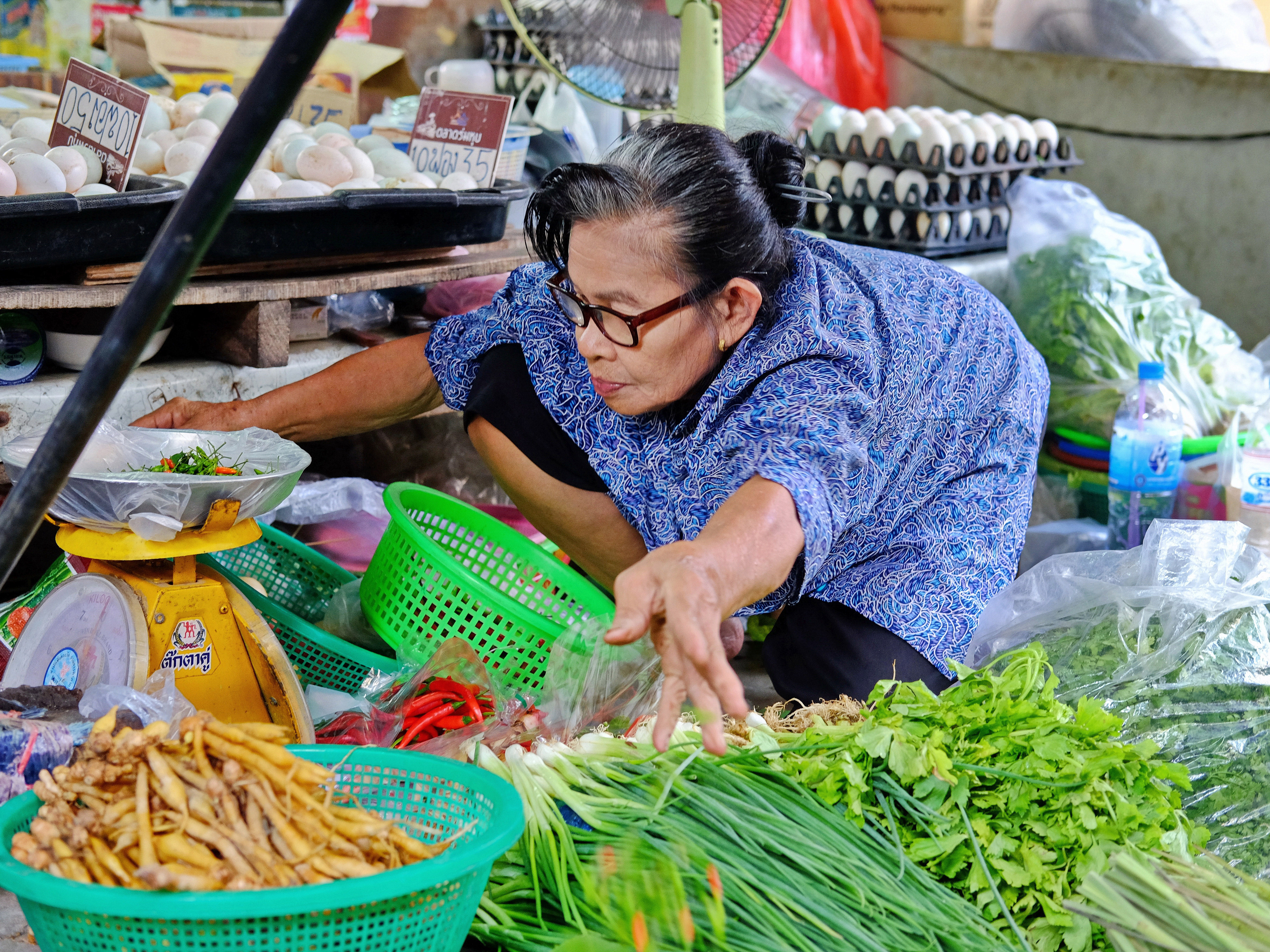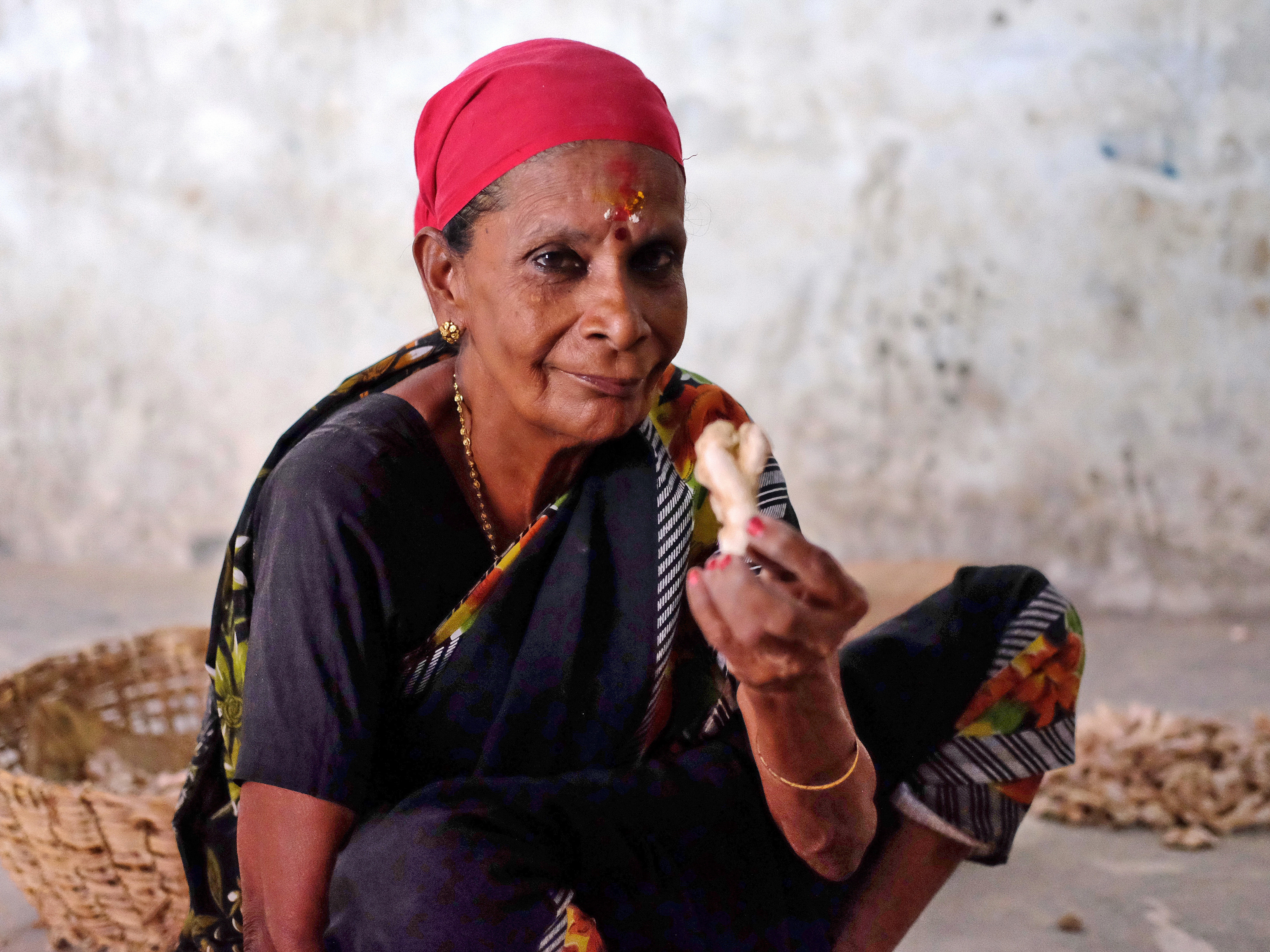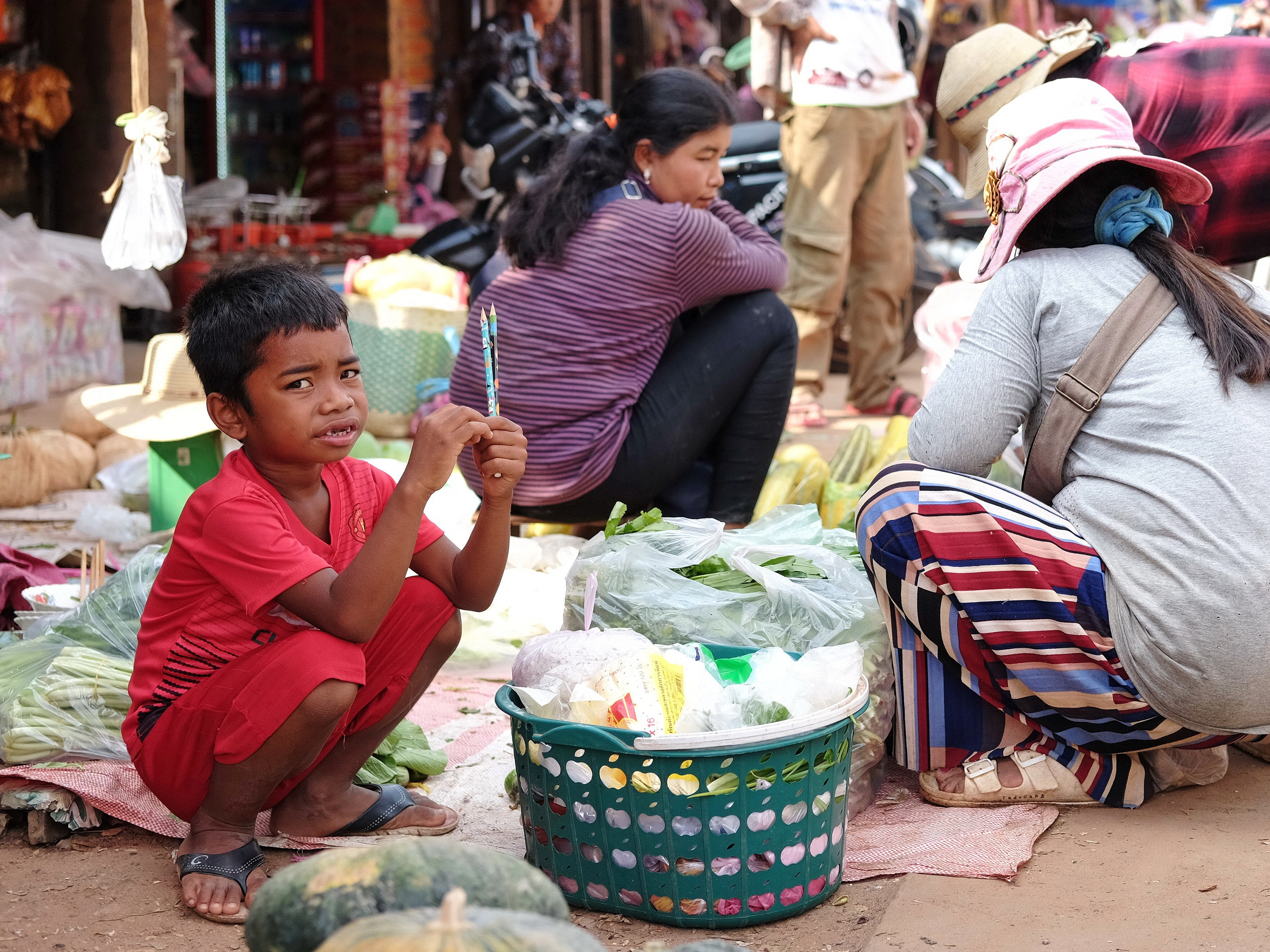Three boys in an alley of a slum, just outside the Colaba Causeway market
A washerman beats laundry on a flogging stone at the 140-year old Dhobi Ghat washing hub, the world's largest outdoor laundry. The wash pens date back to the British Raj and are used daily by some 7,000 workers.
Two Mumbaikar dhobis in a workroom fold neatly pressed linen for return to their owners. Inside the 140-year-old Ghat, there are about 700 concrete wash pens on which the city’s laundry is scrubbed, dyed, bleached and beaten clean daily.

A laundrywoman looks down from the top of a shanty shack, where lines and lines of hand-washed garments hang on ropes to dry.
India’s financial capital, Mumbai, counts around 2,000 urban slums, accommodating a whopping 60 per cent of the city’s population. These primarily informal settlements include Asia’s biggest one: Dharavi, which is sandwiched between two main suburban railway lines. And with one million people sharing this 2.2 square kilometer piece of land, things are tight.
Insufficient living space, however, is just one example of great hardships: Run-down and cheap, slum houses do not have front doors. Instead, families use a trapdoor in a ceiling to enter their homes; usually 4x4 meter rooms stacked on top of one another, barely making space for a living room-kitchen and one single bedroom. Interestingly though, mobile phones and smart phones are a permanent feature of everyday life here, too, and it is not uncommon to befriend slum-dwellers on WhatsApp. In contrast, families lack access to clean water and individual taps, not to mention a private lavatory, which instead is outdoors in the courtyard and used by up to 100 fellow residents daily.
Amid piles of trash and narrow filthy lanes, however, there is something unexpected: beauty, culture, and marvel. Strange as it may seem, Dharavi is so much more than a place of the marginalized poor and not to be confused with the TV version of a crime scene. It offers shelter to many migrant workers who recycle plastic and aluminum, produce leather goods and pottery, while generating between $700 million and $1 billion in revenue each year. This makes Dharavi a ‘smart’ slum, run by hard working citizens and active contributors to society.
A Mumbaikar digs through garbage in a highly polluted river entering the slum clusters of Khar Danda.




